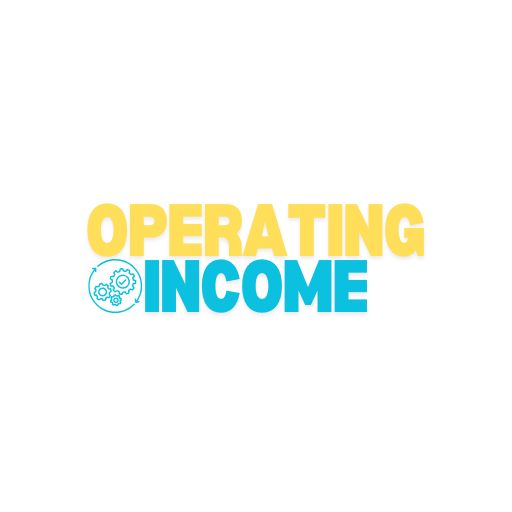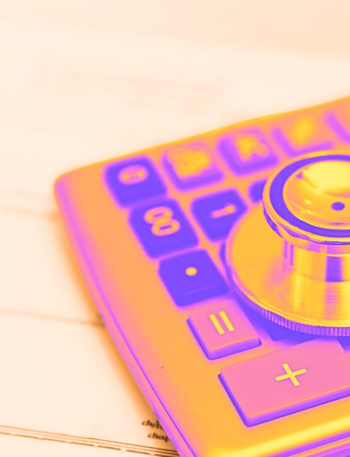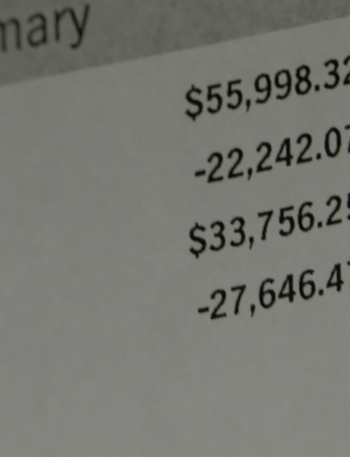Affiliate links for the products on this page are from partners that compensate us and terms apply to offers listed (see our advertiser disclosure with our list of partners for more details). However, our opinions are our own. See how we rate products and services to help you make smart decisions with your money.
The information for the following product(s) has been collected independently by Business Insider: Citi® / AAdvantage® Platinum Select® World Elite Mastercard®, Citi® Double Cash Card, Citi Simplicity® Card, U.S. Bank Visa® Platinum Card. The details for these products have not been reviewed or provided by the issuer.
Introduction to Credit Card Interest Rates
The average credit card APR was a whopping 21.76% in the third quarter of 2024, according to data from the Federal Reserve. But, your own credit card interest rate is likely to be different.
Understanding APR (Annual Percentage Rate)
Credit cards come with a cost of borrowing: An annual percentage rate, or APR. This is the amount you’ll pay for credit. With a credit card, you’ll only pay interest on an unpaid balance after your billing cycle is over. Pay off your card in full each month, and you won’t pay any interest.
However, if you don’t pay off your balance in full each month, it can get expensive. It’s not unusual for a card to carry an APR in the 20% range, which means a balance can continue to grow and snowball for each month it stays on your card.
Current Trends in Credit Card Interest Rates
Outside of paying off your card, there are a few factors that can influence the rate attached to your card, including your credit score and the type of card you have. Here’s how these factors influence your interest rate.
Interest Rates by Credit Score
Like getting a loan, the interest rate attached to your credit card largely depends on your credit score. Credit scores are calculated based on your past credit activity on a scale of 300 to 850 based on past borrowing, repayment history, available credit, and your mix of credit accounts.
Lenders use them to evaluate how trustworthy you are as a borrower, and whether they should lend to you, so generally the higher your credit score, the lower your credit card’s interest rate. Those with higher credit scores will also be more likely to qualify for zero-interest credit cards with 0% introductory APRs.
Higher Credit Scores Get Lower Interest Rates
According to data from the 2023 CFPB’s Consumer Credit Card Market Report, the average total interest paid by consumers increases with lower credit scores.
The CFPB measures this with an effective interest rate — calculated as the total amount of interest charged per year divided by the total balance at the end of the cycle — to create a metric of how much interest was actually paid by consumers at each credit level. Data from the 2023 report showed that consumers with the best credit paid the lowest effective interest rates, and vice versa.
Interest Rates by Type of Credit Card
Premium credit cards tend to carry a higher APR.
The type of card you have can affect the amount of interest you could pay if you carry a balance.
Some of the name-brand rewards cards you may be familiar with may also have higher interest rates. Here are a few favorites, and the interest rates they carry. Remember that credit card companies can change interest rates, and that only people with excellent credit scores will qualify for the lowest interest rates.
Interest Rates for Travel Credit Cards
Travel credit cards can have higher interest rates than the typical card because they offer valuable rewards if used correctly. These credit cards are good options for anyone who wants to earn perks like miles to book award flights, but doesn’t plan to keep a balance on their card.
Interest Rates for Cash-Back Cards
Cash-back cards offer the most flexible reward of all: cash. Generally, these cards earn a percentage back of total purchases, up to around 2% cash back. The money can then be applied back to your balance, or even cashed out and put toward other goals.
The interest rates for cash-back credit cards tend to start a little bit lower than rewards credit cards. Here are the interest rates on some of the best cash-back credit cards on the market today.
Interest Rates for Student Credit Cards
Created specifically for college students, these cards are best for young adults who haven’t built much credit yet and can be secured with a cash deposit upfront.
Slightly more forgiving, these student credit cards can be a great way to build credit while still in school, but can have high interest rates. While some borrowers with the best credit scores will see rates around 18%, interest rates could be as high as 29%.
Interest Rates for Introductory APR Cards
The best balance transfer credit cards allow you to consolidate credit card debt onto one card while paying a 0% APR for a promotional period, sometimes for more than a year. These offers can save you a lot of money on interest, but weigh the pros and cons to be sure a balance transfer is worth it for you.
Cards with an intro 0% APR can also be used to finance large purchases for a short amount of time. Some cards offer an introductory 0% APR on both balance transfers and purchases.
But, these cards won’t be interest-free forever: Rates go up after the introductory period is over. During the introductory period, interest won’t accrue on your balance. If you pay off your card in full by the time the offer is up, it can be a good alternative to a personal loan. After that intro period is over, you’ll pay a fairly typical interest rate. (You can find the details for your specific card in the issuer’s terms and conditions.)
Here are a few examples of how this works with a few popular cards that offer a 0% intro rate.
Remember: Interest Rates Only Apply to Unpaid Balances
If you pay your credit card in full each month, credit cards can be valuable tools to earn airline miles or hotel points, get cash back, and build your credit history, with no interest involved.
If you don’t pay your credit card bill in full each month, the interest rate will apply, and add to the total amount you owe. It can get out of hand quickly, and the debt your card accumulates negates any of the rewards you could earn.
Paying your credit card in full means you’ll never have to worry about paying more for your purchases than you need to, and can help you earn rewards to enjoy as well. While credit card interest rates can seem high, they’re non-existent if you pay your account in full each month and use your card responsibly.
Managing and Lowering Your Interest Rates
Strategies for Reducing APR
Getting a lower interest rate on your credit card can in many cases be as easy as calling the issuer and asking for a reduction. Credit card interest rates are negotiable. Chances are good that you’ll be able to get a lower rate by simply asking for it if you’ve been consistently making payments on time and have a good credit score.
If you can’t get a reduction in your rate, there are still ways to reduce the amount of interest you pay. Paying off your full balance each month is the surest way, if you have the ability to do so.
Making several payments each month is another strategy to reduce interest costs. If you plan to pay off a certain amount of your credit card debt at the end of the month, but you won’t be able to pay off all of it, splitting that amount into several payments throughout the month reduces your average daily balance and the amount of interest you’re charged.
You can also consider a balance transfer — moving debt from a high-interest account to one with a lower rate. Some balance transfer credit cards are even interest-free for the first 12 to 21 months, which means all your payments will go toward reducing the principal.
Average Credit Card Interest Rate FAQs
While the average can vary, rates typically range between 15% to 23%, depending on the card type and consumer creditworthiness.
Your APR is listed in your credit card agreement and on your monthly statement. You can also contact your credit card issuer directly for this information.
Yes, it’s possible to negotiate a lower rate, especially if you have a history of timely payments or if your credit score has improved since you received your card.
No, interest rates can vary widely based on the card issuer, the type of credit card, and the cardholder’s credit score.
Pay off your balance in full each month, take advantage of cards with introductory 0% APR offers, or transfer balances to a card with a lower interest rate.





